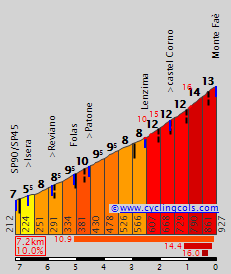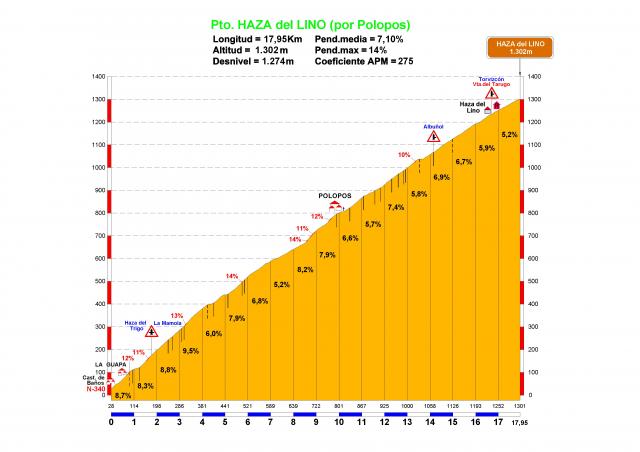- Feb 18, 2015
- 13,826
- 9,818
- 28,180
True there probably wouldn't be much happening on the Rombo but just for the absurd attrition I'd love to see this. I mean after all two of the three stages you mentioned there ended up being pretty great even though the significant attacks didn't come on the early monster climb itself. It also needs to be mentioned though, that Agnello, Madeleine and Mortirolo also were way further away from the finish and there were often long flat stretches still to come.I'm not sure I do, these profiles etc are fun to mess around with but I think putting 2 climbs like this in one stage basically makes the entire rest of a GT irrelevant, and it does so in a way that doesn't really require attacking but having climb so hard that the best float to the top naturally. If riders roflcrack the excitement is also not gonna last very long. Also, using multiple such climbs in a day will typically massively neutralize the first one. Take Agnello 2011, Madeleine 2020, etc, Mortirolo 2012, there's enough of them.
And the stage neutralizing earlier action, yeah that might be a problem, but then we would have to abolish queen stages altogether. It's also absolutely possible to solve this problem by not putting a stage like this on day 20 and by giving everyone enough incentive to attack elsewhere by putting hard climbs early in the race and making longer TT's.











